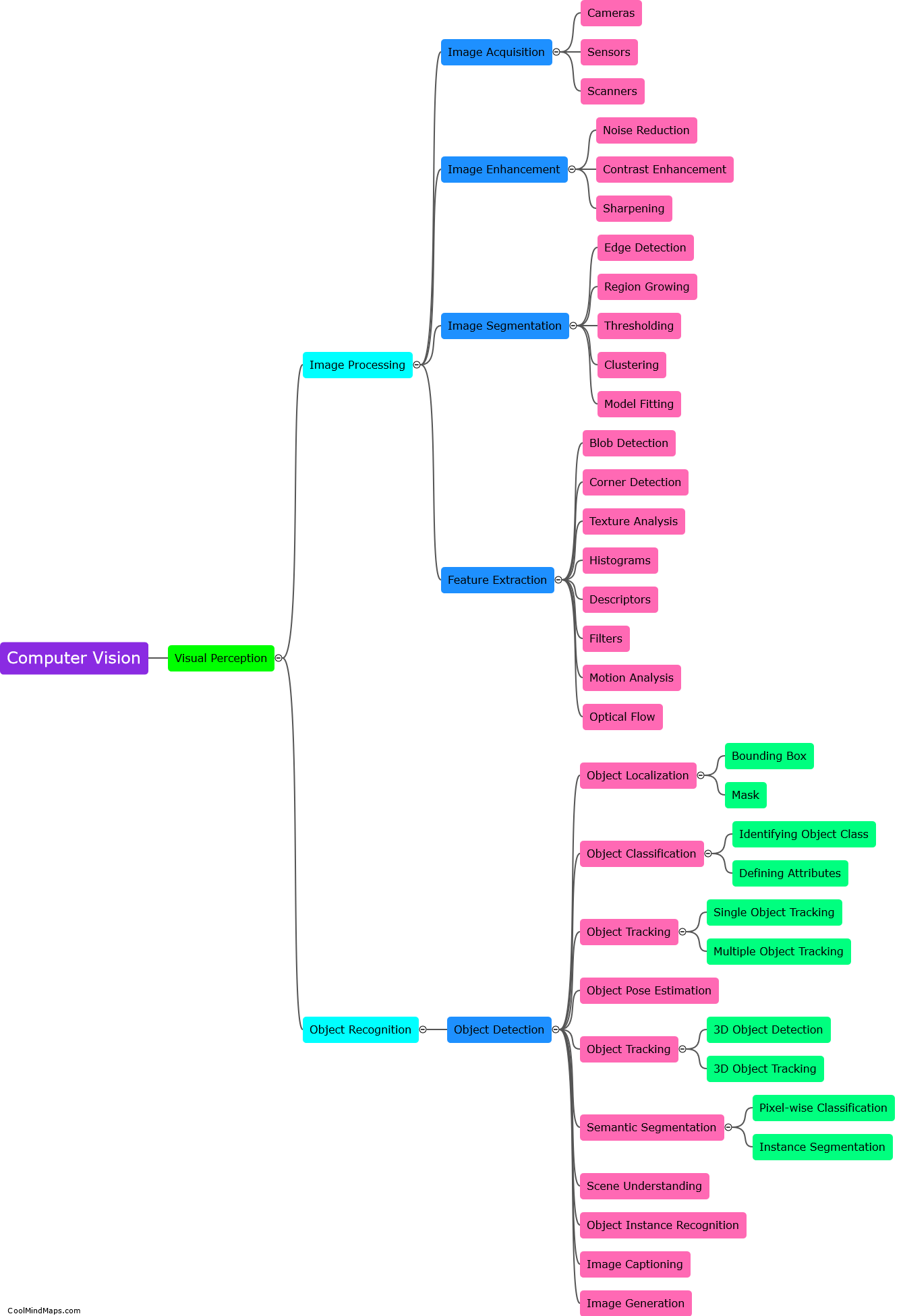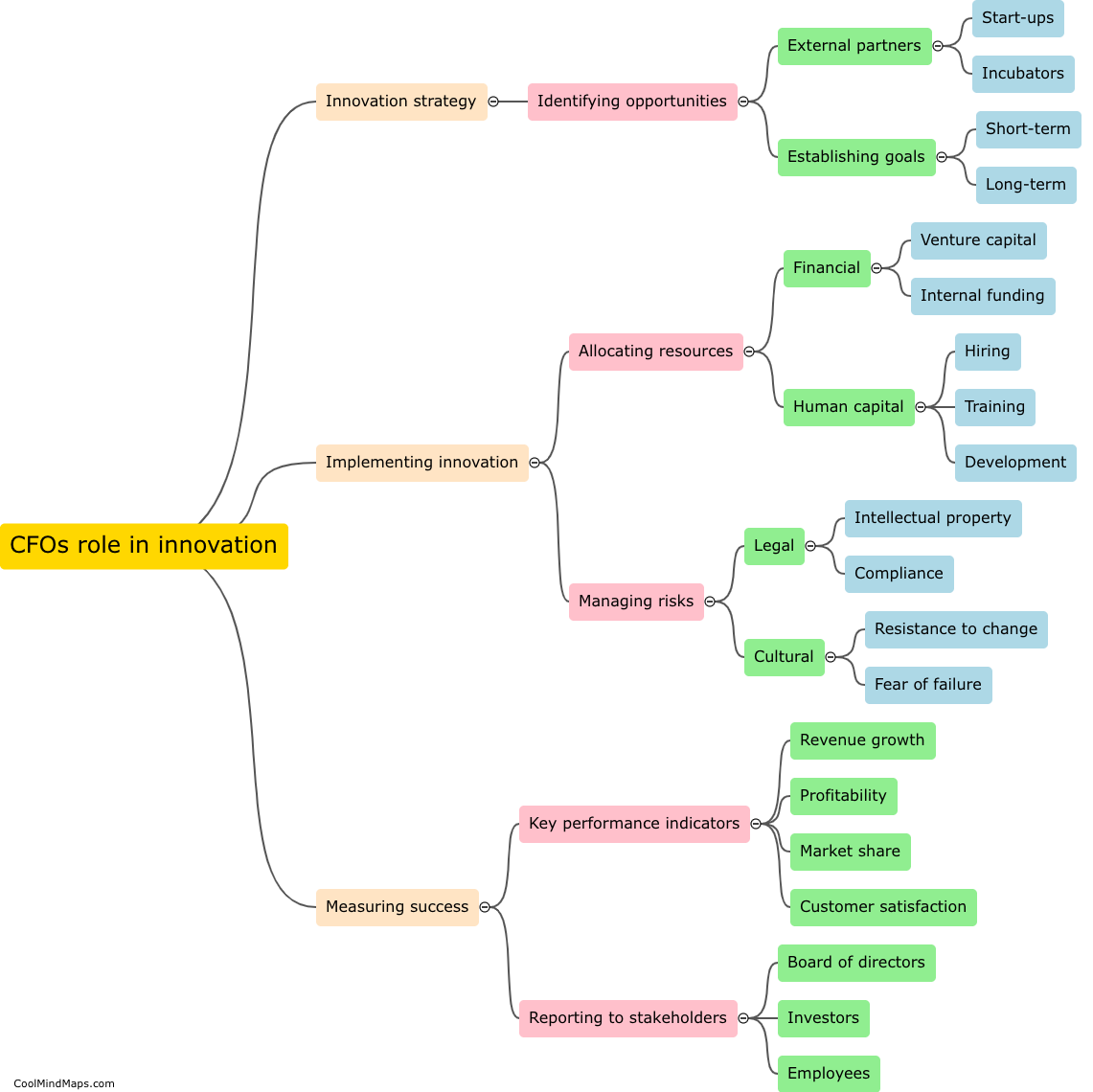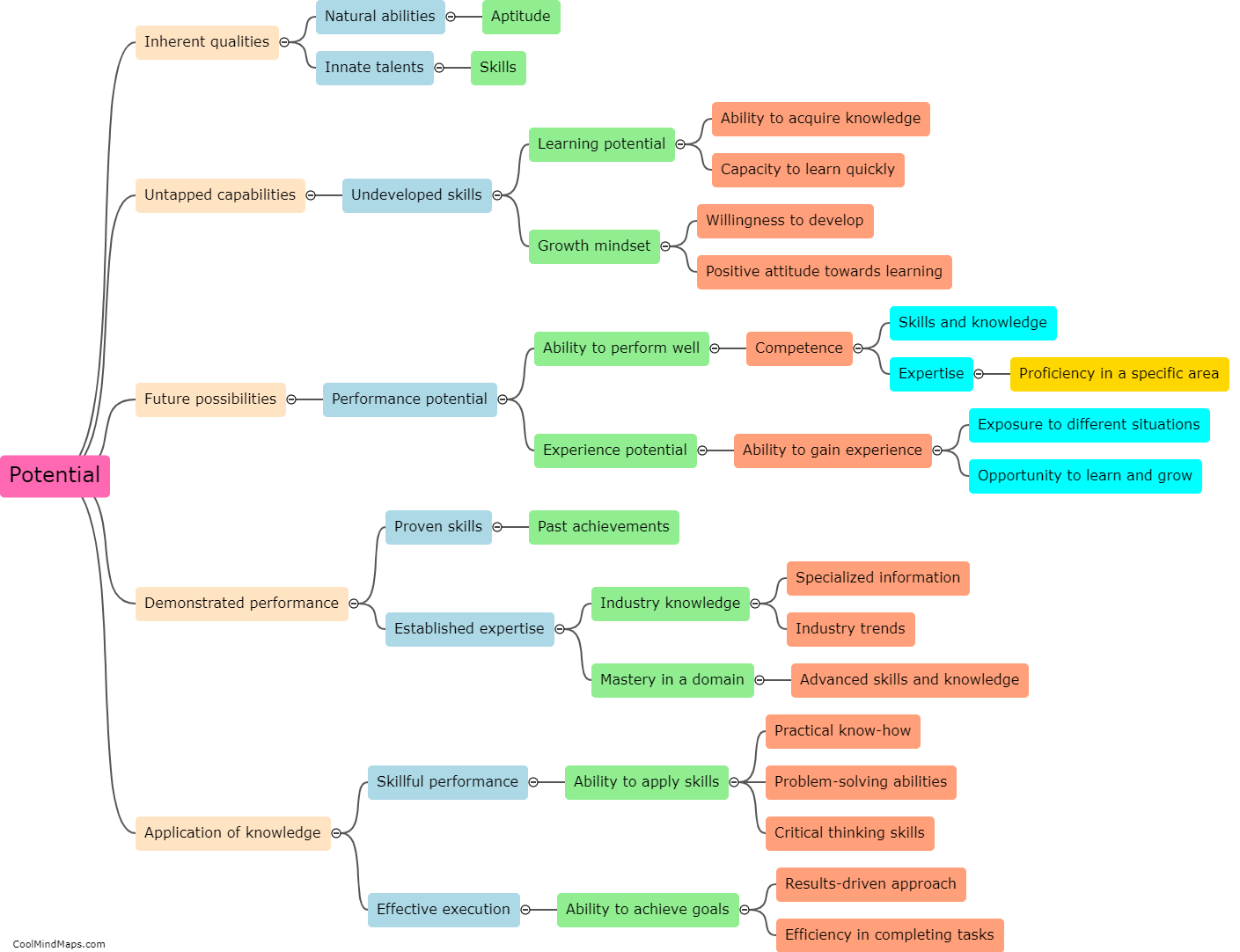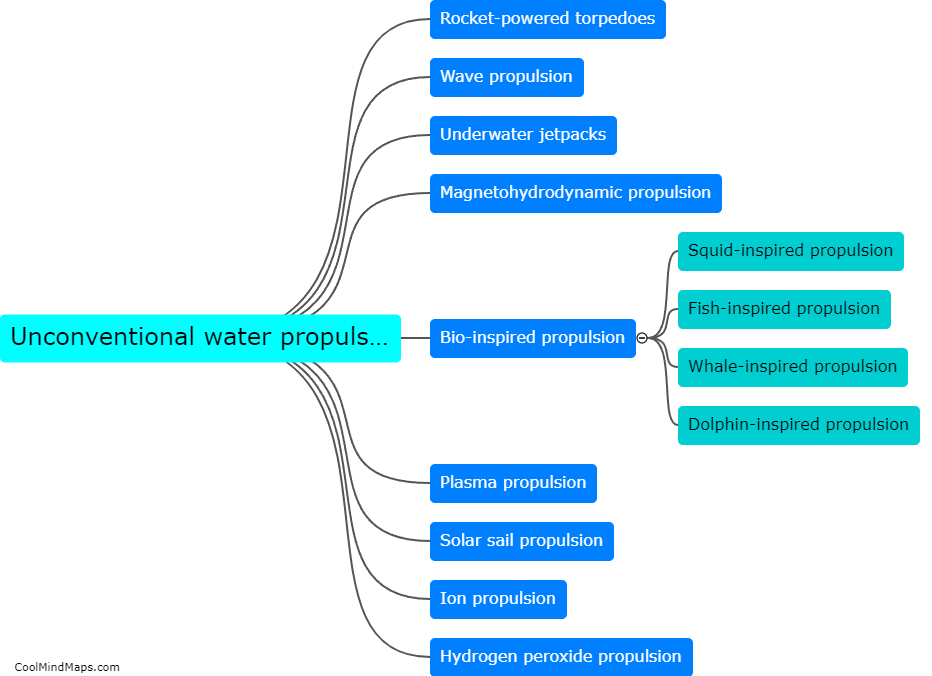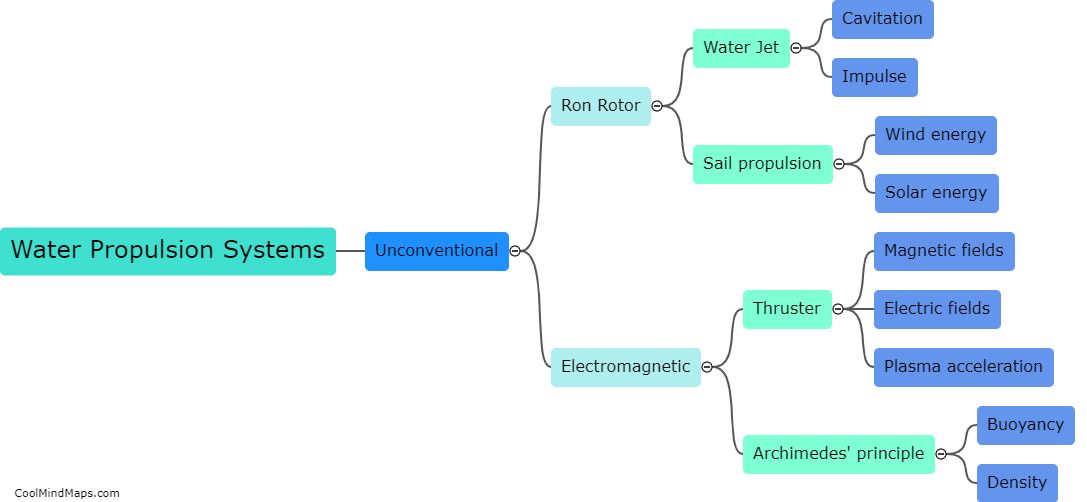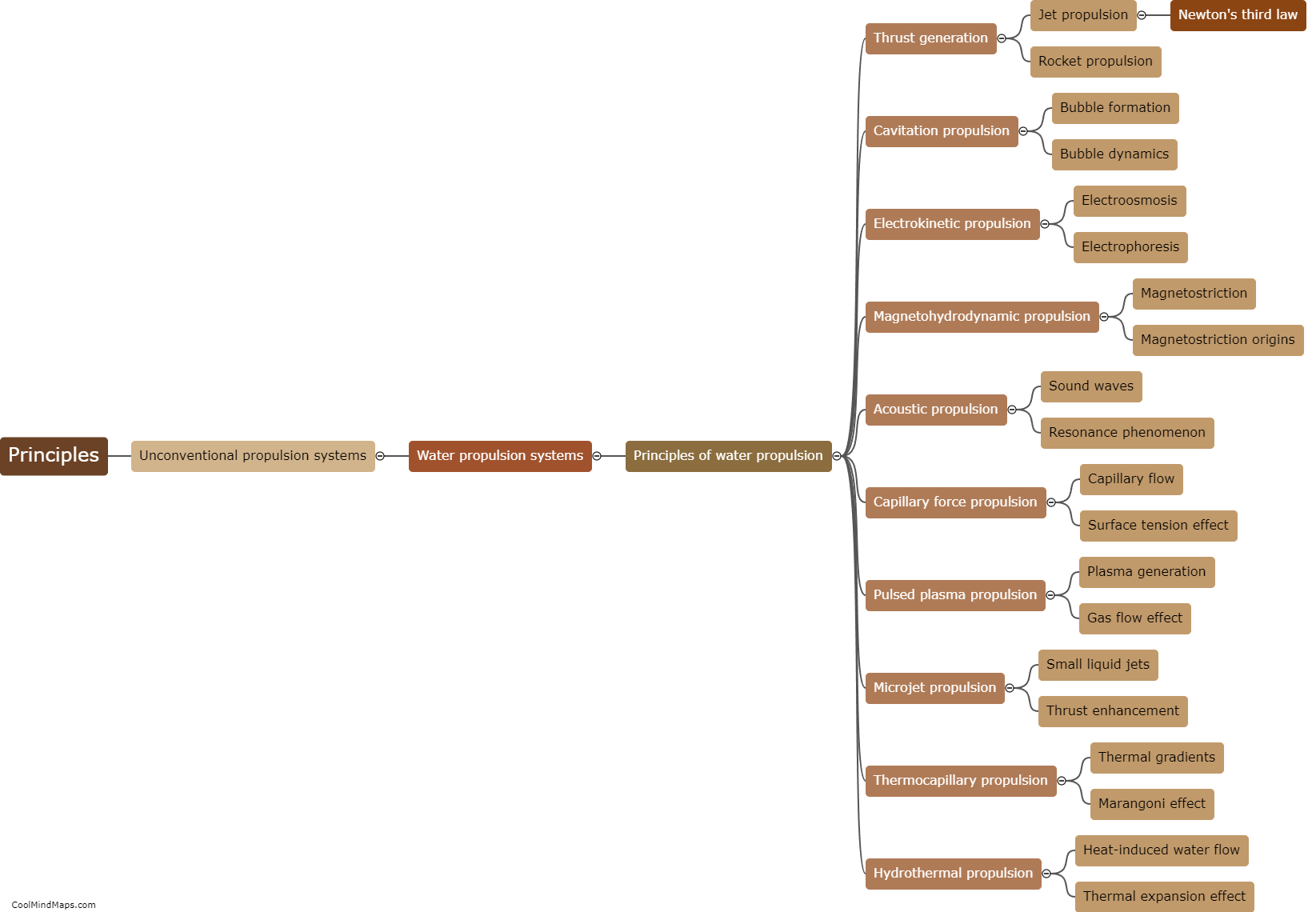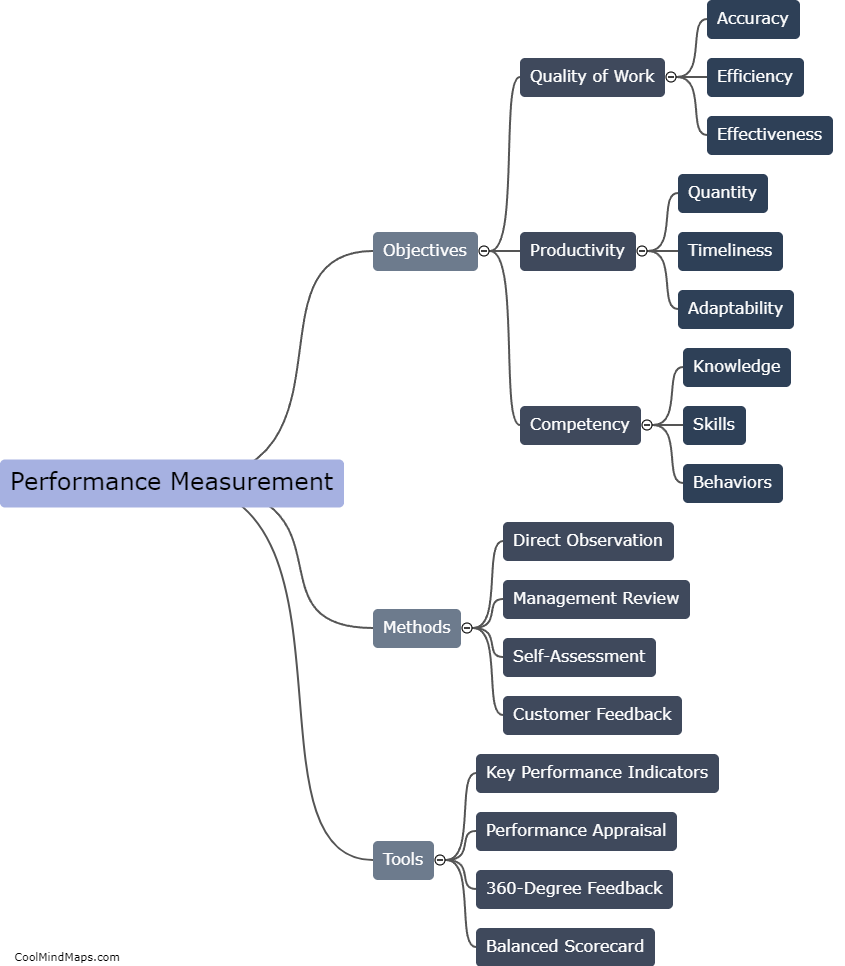How do unconventional water propulsion systems work?
Unconventional water propulsion systems utilize unique mechanisms to propel objects through water without relying on traditional methods such as propellers or jet engines. These systems usually employ innovative designs that leverage the principles of fluid dynamics and kinetic energy transfer. One such example is the oscillating foil system, where specially shaped foils are rapidly moved back and forth to generate thrust. This motion creates pressure differences on either side of the foil, resulting in a net force that propels the object forward. Another unconventional approach is the bubble propulsion system, where high-pressure air or gas is released underwater, forming bubbles that collapse and generate a powerful jet of water. These systems offer potential advantages in terms of energy efficiency, maneuverability, and reduced environmental impact, making them an area of active research and development.
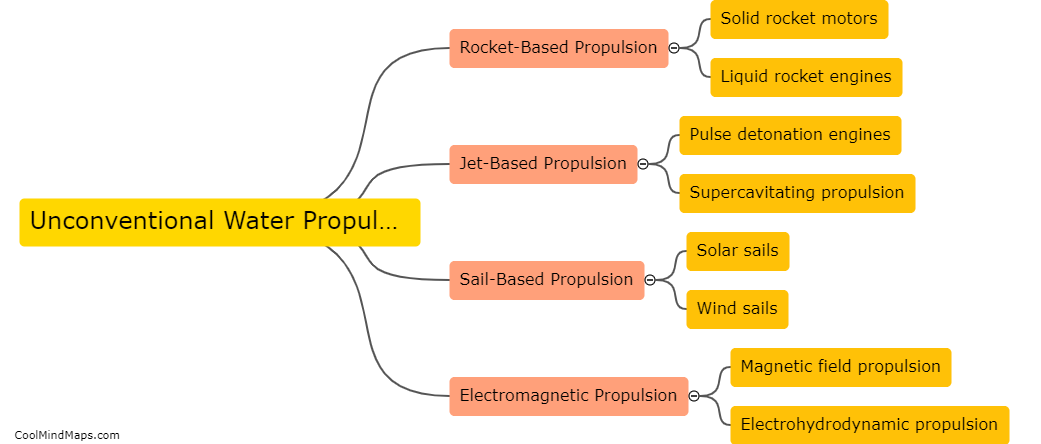
This mind map was published on 5 November 2023 and has been viewed 111 times.
